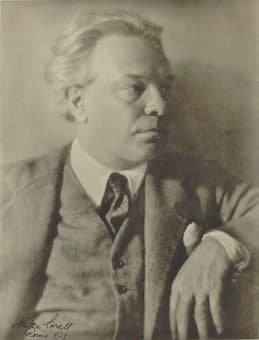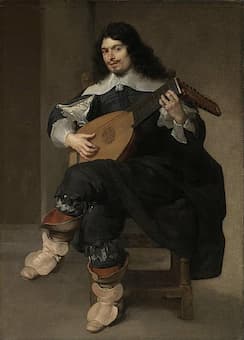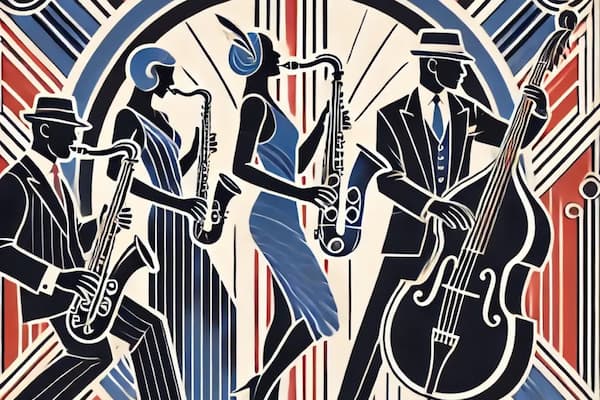
Ghitta Lotell: Ottorino Respighi (1934)
In his 1928 work Gli uccelli (The Birds), Ottorino Respighi brings us classical European birds, using music from earlier times as his inspiration. The core of the work is a selection from 5 seventeenth- and eighteenth-century composers’ compositions for harpsichord or lute, here transformed into an orchestral work. The original composers may not have written about birds, but their compositions are used to create a new bird world.

Jean de Reyn: The Lute Player (Boston: Museum of Fine Arts)
The work opens with a familiar work that comes from a harpsichord piece by Bernardo Pasquini (1637-1710). This formal and stately opening evolves into a representation of birds in flight, winging their way through the air. You can also hear certain specific bird calls, such as the Cuckoo. Many of the bird ideas presented here will recur in the later movements.
Ottorino Respighi: Gli uccelli (The Birds), P. 154 – I. Preludio: Allegro moderato (Chamber Orchestra of New York; Salvatore Di Vittorio, cond.)
The second movement, ‘La colomba’ (The Dove) takes a lute piece by Jacques de Gallot (d. 1690) as its source. The oboe represents the dove’s mournful cry.
Ottorino Respighi: Gli uccelli (The Birds), P. 154 – II. La colomba: Andante expressivo (Chamber Orchestra of New York; Salvatore Di Vittorio, cond.)
A harpsichord piece by Rameau brings us ‘La gallina’ (The Hen). We hear the hens clucking and pecking and the work ends with a tremendous trumpet rooster.
Ottorino Respighi: Gli uccelli (The Birds), P. 154 – III. La gallina: Allegro vivace (Chamber Orchestra of New York; Salvatore Di Vittorio, cond.)

Pozzo: Bernardo Pasquini at his harpsichord
The fourth bird is one that appears in many musical works, ‘L’usignuolo’ (The Nightingale), and comes from an anonymous 17th-century source. The nightingale as a sound was used by Respighi four years earlier in his Pines of Rome where he included an actual recording of the bird, rather than have it be imitated by the orchestra. The nightingale, so named because it sings both at night and at day, closes its movement with a seeming sunset.
Ottorino Respighi: Gli uccelli (The Birds), P. 154 – IV. L’usignuolo: Andante mosso (Chamber Orchestra of New York; Salvatore Di Vittorio, cond.)
Bernardo Pasquini, who gave us the opening movement, comes back with the final movement, ‘Il cucu’ (The Cuckoo), derived from one of his harpsichord pieces. The cuckoo’s unique sound pops all over the orchestra – we are in a veritable forest of cuckoos! The concluding coda reprises both the introduction music and the bird songs we heard through the work.
Ottorino Respighi: Gli uccelli (The Birds), P. 154 – V. Il cucu: Allegro (Chamber Orchestra of New York; Salvatore Di Vittorio, cond.)

Jean-Philippe Rameau
Respighi’s love for old music and his own musicological research helped him create not only Gli uccelli but other works, such as Ancient Airs and Dances, that bring music from the past centuries to the present. He always adds his own touches, so that it’s not merely an orchestration of an old work that we’re hearing, but a new reading of work. In the case of Gli uccelli, the original work has its meaning taken over under Respighi’s new reading.
For more of the best in classical music, sign up to our E-Newsletter




I think The Nightingale comes from “Engels nachtegaeltje” by Jacob Van Eyck, and not an anonymous source.